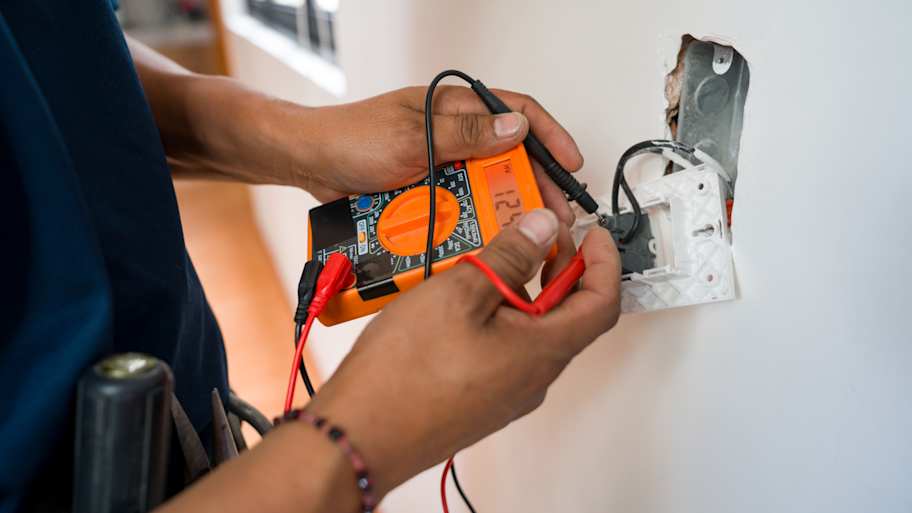
How much does rewire house cost in Columbus? Learn the major factors that impact the price and how it can help increase your home's value.
Get amped up with our watt calculator


Watts measure the amount of electrical power being used at a particular moment.
Learn how to calculate watts to get a better handle on your home’s electricity use.
To find the wattage of an appliance or device, multiply the amps by the voltage used.
The higher the wattage, the more power is consumed.
Trying to cut back on your energy costs? Understanding how much electricity your appliances use is a good starting point. To do that, you’ll need to learn how to calculate watts—or the amount of power consumed by an electrical product.
At any given moment, the average house uses 1,083 to 1,375 watts of electricity. However, your home’s watt usage could be lower or higher, depending on your energy consumption habits.
Here’s an overview of some common household appliances and their watt usage:
| Appliance | Average Watts Used |
|---|---|
| Light bulb | 7–100 |
| TV | 50–200 |
| Refrigerator | 400–1,300 |
| Coffee maker | 500–1,500 |
| Hair dryer | 750–1,900 |
| Microwave | 800–1,000 |
| Dishwasher | 1,200–2,400 |
| Central air conditioner | 3,000–3,500 |
Looking for the wattage of an appliance? You’ll often see it on the product label, packaging, or metal nameplate. If you can’t find it, you can use the following formula to determine the wattage of an appliance:
Watts = Amps x Volts

Before you can calculate the wattage of an appliance, you’ll first need to determine its amperage and voltage. For reference, amps (or amperes) measure the volume of electrical current, while volts describe electrical potential (or the “pressure” that pushes electrons along).
Like wattage, the easiest way to find amperage or voltage is by looking at the product label or user manual, both of which should list the product’s electrical requirements. If that’s not an option, you can check the manufacturer’s website or call a local electrician.

It’s safest to hire a licensed electrician for any type of electrical work in your home. It may even be required by law, depending on the nature of the project and where you live.
Whether you’re adding new power outlets, installing lighting, or rewiring your house, here are some questions to ask electricians during the interview phase:
Are you licensed, insured, and bonded?
Are you experienced with this type of project?
Will you bring in any subcontractors? If so, how many and are they covered under your insurance?
Can you share references?
From average costs to expert advice, get all the answers you need to get your job done.

How much does rewire house cost in Columbus? Learn the major factors that impact the price and how it can help increase your home's value.

The cost to ground outlets depends on several factors. This guide will help you prepare for all of the costs involved with this project.

How much does adding an electrical outlet cost in Columbus? Get details on average pricing, permit needs, and what affects the total cost.

When you need to choose between a 100-amp versus 200-amp electrical panel, check out our easy-to-understand explanation of your home’s power options.

Discover how to upgrade your electrical panel for added convenience and to help increase the safety of the electrical system in your home.

Learn how to install a coax outlet to save money and clean up the tangle of wires in your entertainment room or living room.